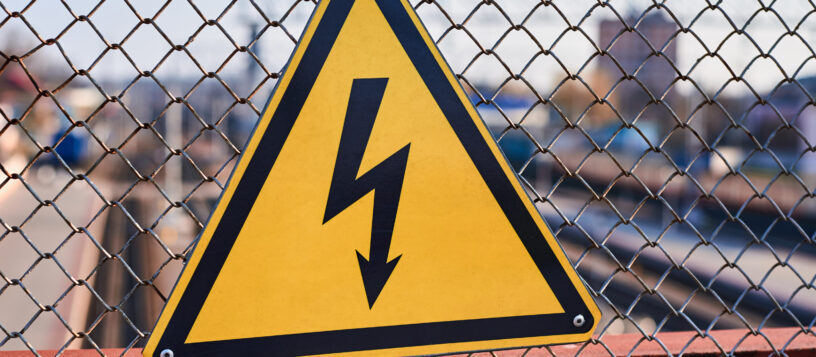Course Overview
This Electrical Safety Rules course is suitable for any person with any level of electrical systems experience.
Although electrical safety rules can vary from one duty holder to another, the content of this course provides a
general overview of typical health and safety rules found in the oil and gas industry that should be implemented
while working with electrical systems.
The main topics covered in this course include switching programs, electrical isolation procedures, working on both
low and high voltage equipment and the precautions to be taken in hazardous environments.
The aim of this course is to provide candidates with an understanding of typical
Electrical Safety Rules used in the oil and gas industry.
Program Details
This course addresses the dangers of working with electricity and provides guidance on the precautions required to
stay safe. The course also identifies the roles and responsibilities of electrical personnel and provides instructions on
procedures to be followed when carrying out electrical isolations.
Once successfully completed, you will be able to ensure all work, testing, and fault finding on electrical equipment
is carried out safely.
Course Outlines
- Describe the purpose of the electrical safety rules
- Identify the roles and responsibilities of electrical personnel
- Outline the PPE to be worn for electrical work
- Explain the function of a switch room
- Explain the function of a switching programme
- Describe the documentation required for electrical work
- Outline the reporting procedure for faults
- Describe the procedures to be followed when carrying out electrical isolations
- Describe the procedure for working on high voltage equipment
- Describe the procedure for the handling of cables
- Describe the procedure for working on Low Voltage systems
- Describe the procedure for working on telecommunications equipment
- Describe the precautions to be taken in hazardous areas
- Explain the actions to be taken in an emergency


